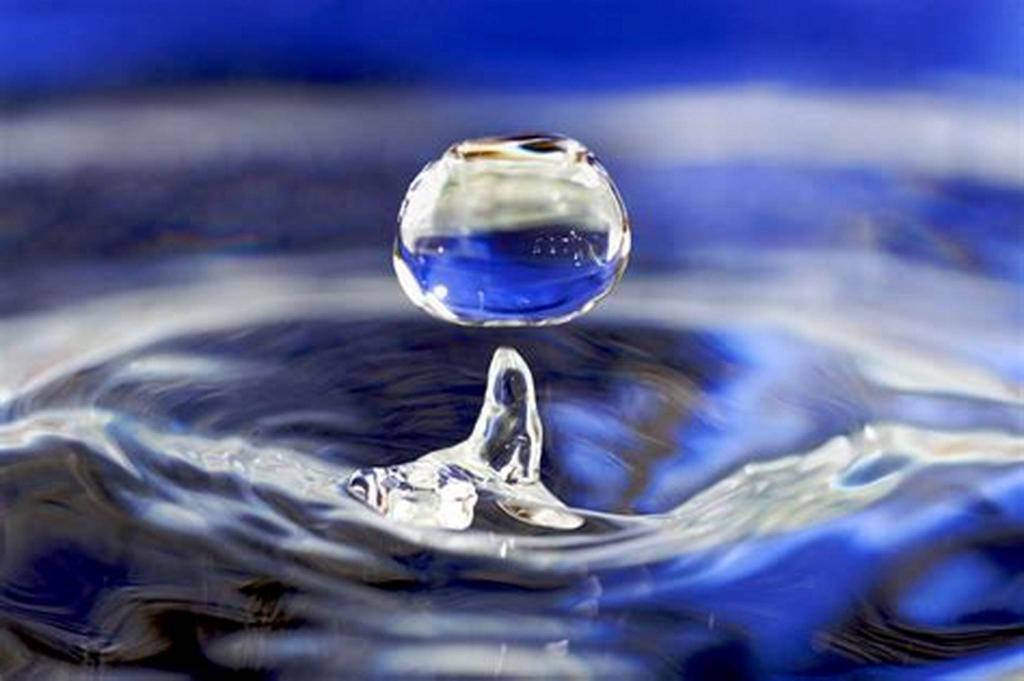According to the Water Code of the Russian Federation of 2006, under the water fund it is necessary to understand the totality of water bodies located within the borders of the country. In this article, we consider the legal regime of the lands of the water fund, the forms of their use and other important aspects of the topic.
Water body concept
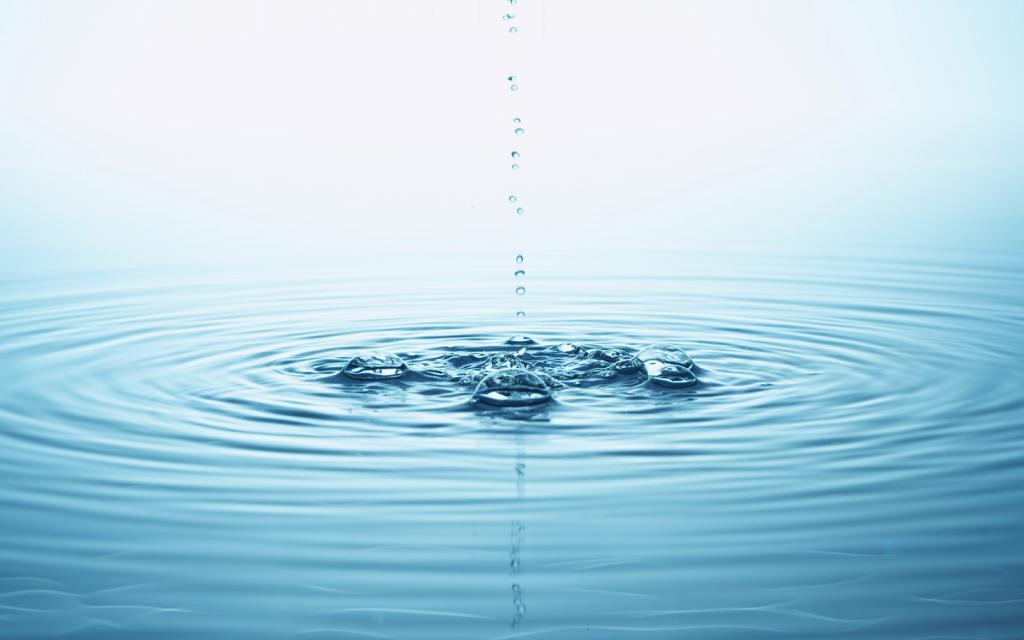
To begin with, it is advisable to parse the category of a water body. It represents artificial and natural reservoirs, watercourses and other objects, temporary or permanent concentration of water in which can be characterized by a specific volume, level and flow rate of water, in other words, the water regime. Thus, under this kind of object should be understood as land that is covered by water. This determines the properties of the legal regime of the lands of the water fund.
It should be borne in mind that today all objects of this type are classified into underground and surface depending on morphometric (quantitative features of the topography of the bottom and land), physical and geographical properties, and also on the water regime.
Surface and groundwater. Legal regime

As it turned out, the composition of the lands of the water fund includes surface and groundwater. In the first group it is advisable to include the following objects:
- The seas or their separate components, including bays, straits, including estuaries, bays and so on.
- Watercourses, where ponds, reservoirs, lakes, as well as waterlogged quarries should be included.
- Drive outlets of underground water. These are, as a rule, geysers and springs.
- Swamps.
- Snowfields, glaciers.
It should be borne in mind that at present, the legal regime of water fund lands is regulated through legislation. Of crucial importance for the implementation of this regime is the definition of the boundaries of land territories. In accordance with Article 5 of the CC RF, surface water bodies are formed from surface water, as well as land covered by them within the coastline, which serves as the limit of the water body.
It should be noted that the boundary of the water type object, in other words, the coastline is determined by:
- In the seas - by water level constantly. If the level changes in some way, then the lines of maximum low tide must be taken into account.
- In streams, rivers, lakes, canals and flooded quarries - according to the level of long-term average value when they are not covered with ice.
- In reservoirs, ponds - according to the retaining water level, which is considered normal.
- In swamps - along the limit of peat deposits at the deepest level.
The main task of the coastline is to separate the lands of the water fund from lands of other categories. At the same time, it delimits the distribution of standards that govern the rules for the application, management and protection of different lands depending on the intended purpose. You need to know that the practical significance of determining the limits of a water body is primarily expressed in assigning it one or another element of individualization, which allows you to identify a water body. At the same time, in accordance with the rules relating to the lands of the water fund, the legislator establishes the need to identify the coastal strip and zones under protection, namely from the coastline of the facility. This factor must be taken into account in practice.
Land classification for legal regulation
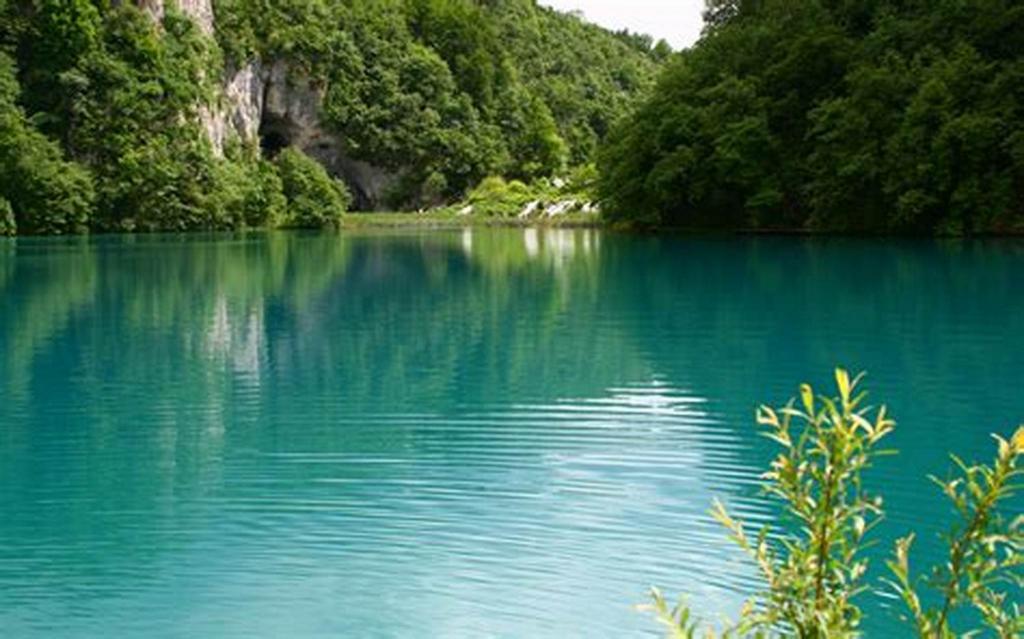
For the legal regulation of water fund lands, reserve lands are classified in accordance with a number of grounds:
- Technical classification implies the presence of land occupied by structures and free from them.
- Separation by form of ownership implies the presence of state, municipal, private lands, as well as land plots of constituent entities of the Russian Federation.
- The classification of the lands of the forest and water resources, as well as some territories belonging to other categories, indicates the presence of objects of general and separate use.
It is worth noting that, in accordance with the technical feature, they allocate lands that are covered with surface waters; lands concentrated in water bodies; land occupied by hydraulic structures and other types, which are located on water bodies. So, the legal regime in the first case is regulated through water and land legislation. As it turned out, the lands of the water fund include those that are occupied by mechanisms, for example, for land reclamation or water supply. This category is regulated by the Land Code in force on the territory of the Russian Federation, as well as other special legal acts and laws.
State-owned land management
We examined the concept of lands of the water fund and the legal features of this category, as well as the current classifications. It is important to note that water bodies, as well as land plots that are located within the boundaries of the water fund, are determined by a certain commonality of legal properties, as they act as real estate and independent natural objects. It is worth noting that a separate water-type object will not necessarily be part of the land. It can be located within the boundaries of several territories or applied without a separate area.
It should be borne in mind that the concept of lands of the water fund is inextricably linked with the category of public administration, which can be largely determined by the principle of the use of water in the aggregate. This rule is the basis for the regulation of modern water relations. That is why the lands of the corresponding category, used for different purposes (industrial, agricultural, recreational, transport, environmental, and so on), can remain under the jurisdiction of various bodies of the administrative and executive level. The procedure and rules for the provision of lands of the water fund in one way or another depend on the purposes for which the territory was allotted, as well as the conditions for its use. It is necessary to add that the departmental management of the lands in question affects only the regulation of the use of plots specifically for the purpose of a certain sphere of the life of the company and extends to the functioning of the corresponding business units.
Legal regulation of the use of land of the water fund
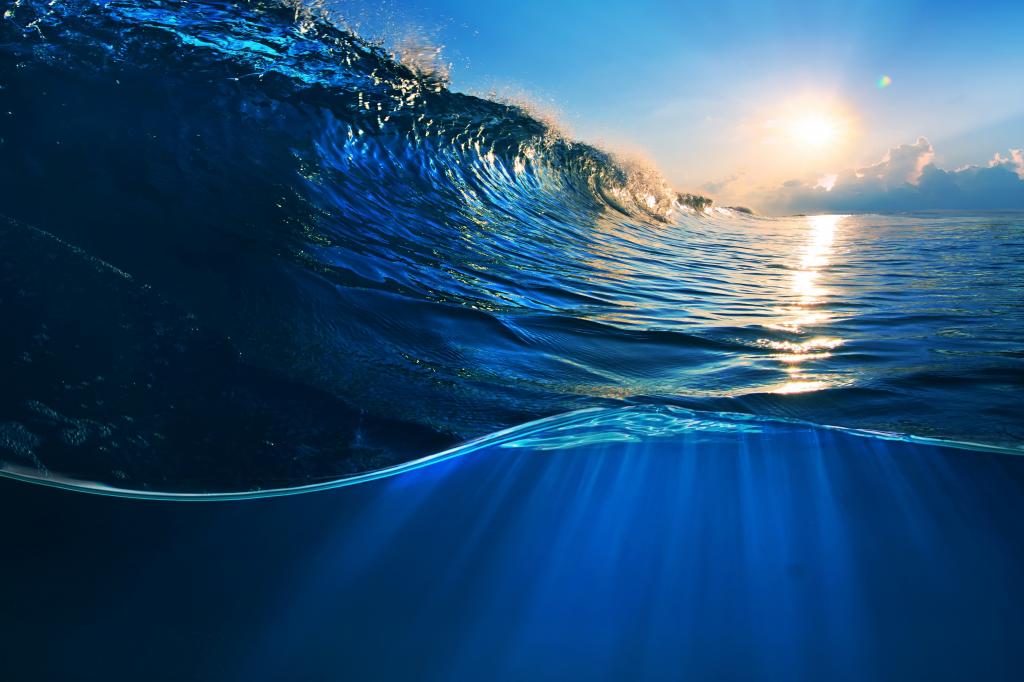
Currently, the legal regulation of the use of the studied category of land is determined by land legislation in force in the Russian Federation to an insufficient degree. One way or another, this indicates the underdevelopment of the institution of land law. It should be added that the legal forms of use of the lands of the state water fund are limited only in relation to the right to own land. Such territories cannot be transferred to private ownership.
The current law does not determine any benefits for users in the application of water category lands. The reason for this is the reflection by the appropriate legal regime of the features of the regime of the waters themselves, for which the rule of integrated use is in one way or another characteristic. That is why most of the coastal stripes and lands of the water fund are not assigned to land users, but are provided for general use to persons who are interested.
First land use
From the point of view of the content and nature of relations associated with the use of the territory, it is customary to distinguish between two types of land use. The concept and composition of the lands of the water fund suggest that they can be used for water use, which is carried out by individuals and legal entities that have received permission for special water use or a separate water-type object for the purpose of application in the manner prescribed by law. It is worth noting that the named form of use depends on the conditions and purposes for which land is provided. Nevertheless, the emergence of a right to a territory is not determined by the presence of a water use right.
The legislation does not distinguish land use of the water economy type as an independent species, although it is characterized by certain properties. It is worth noting that the content of the right to use land does not currently provide for its mandatory application within the boundaries of a water body. However, this is to some extent indicated by the water legislation, which does not fix any specific duties and rights of land users in relation to the territory (Articles 31 and 32 of the RF CC).
You need to know that among the features of water management of land included its urgent nature. This circumstance is primarily caused by the provision of water bodies only for temporary use in accordance with Article 29 of the RF CC. That is why, under similar conditions, land associated with water should be used, which today is not fixed by law.
It is worth adding that land for the needs of the water management plan can be given for permanent use, for example, for the construction of hydraulic structures and water management systems, as well as for the functioning of water transport structures.
The second type of land use
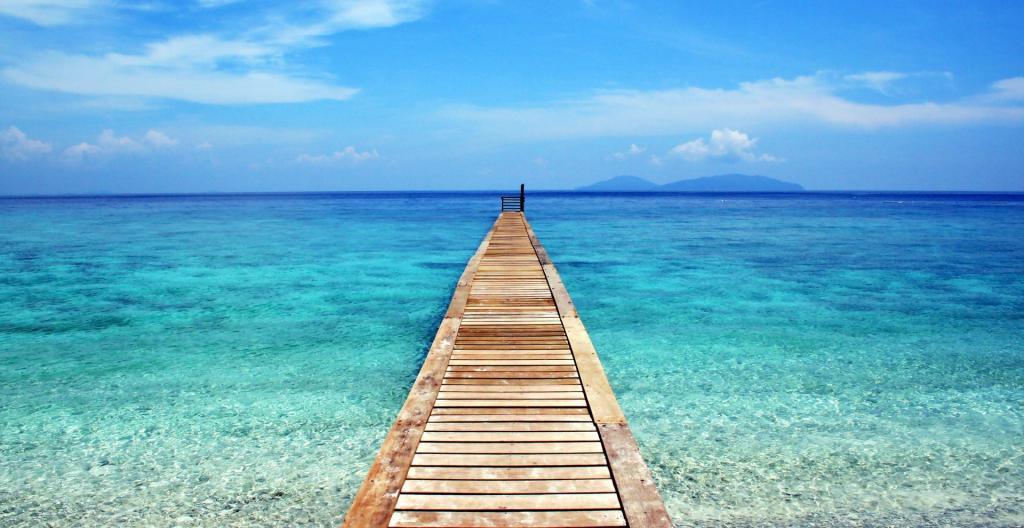
Currently, it is possible to use land plots by individuals and legal entities, as well as other organizations that do not act as water users. In this case, both agricultural and other goals can be pursued. It is worth noting that these persons may have the right to use water resources, however, exclusively in relation to water bodies located in a certain territory. This right will be determined by a secondary value in relation to land. This approach is due to the fact that the water legislation in force on the territory of the Russian Federation does not include in the concept of a land water body those territories on which the water itself is located, as well as the adjacent spaces.
The intended purpose of land plots that are provided from the territories of the land fund is not limited at the legislative level. There are only some limits in the economic use of spaces with water bodies related to the protection of the lands of the water fund. It is important to note that they are provided for by the RF VK and other acts of water legislation in the following cases:
- Placement, design, further construction, reconstruction and operation of facilities that affect the state of water.
- The use of protected lands, as well as coastal stripes of water bodies and rivers.
- The use of land for sanitary protection of water-type facilities that are used for drinking water supply.
It should be noted that the requirements related to the protection of water bodies, as well as the lands of the water fund are determined by special legislation. They must be executed by water users and other persons who use these territories.
Legal protection of water bodies
This chapter 6 of the RF CC, through which the legal regulation of areas of environmental importance is implemented, is primarily devoted to the protection of certain varieties of water bodies. Article 55 of the Water Code establishes special measures related to the protection of water bodies, prevention of their clogging, pollution and depletion of water, as well as measures related to the elimination of the consequences of these phenomena, which must be carried out by the owners of private water bodies, state executive bodies authorities at the federal level (in respect of only those objects that are in federal ownership), executive structures of the country's subjects, as well as local authorities The pressure on those objects, which are in municipal ownership.
It is important to note that in the procedure for implementing security functions from the negative impact of economic or other activities of the company or its individual representatives, the Water Code defines special zones of protective value:
- Coastal strip.
- Coastline related to public facilities.
What is forbidden?

You need to know that within the water protection territories it is currently prohibited to carry out the following activities:
- Use wastewater for soil fertilization.
- Place cattle burial grounds, burial places for waste materials, radioactive, toxic, poisonous, chemical substances, as well as cemeteries.
- Implement aviation operations to combat plant diseases and pests.
- Carry out parking and traffic (except for special vehicles). The exception in this case is driving on roads and parking in equipped places for this, which usually have a hard surface.
Conclusion
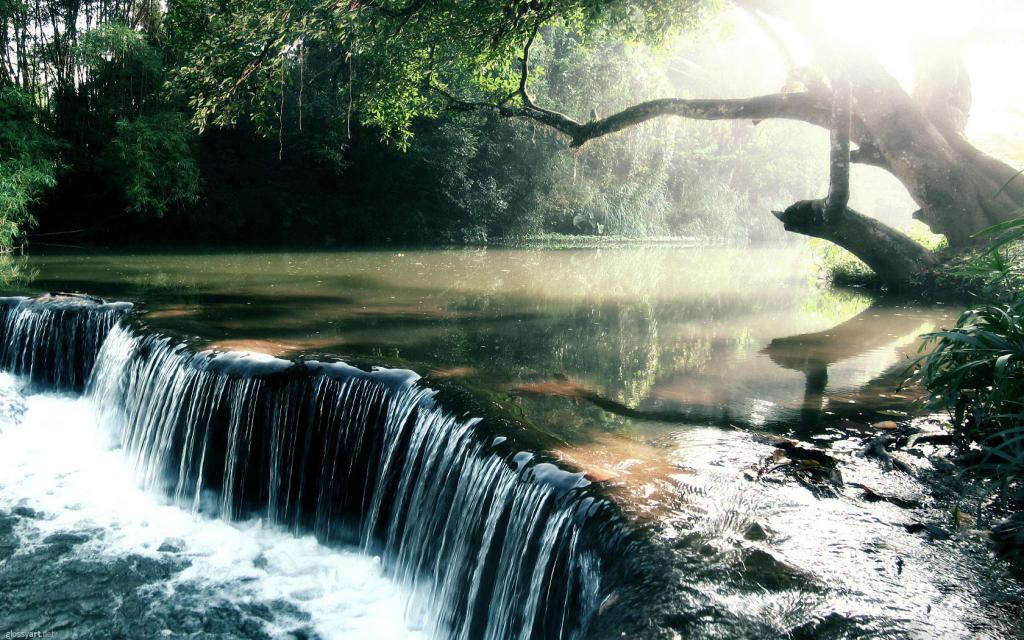
So, we have fully examined the existing directions for the use of water resources, as well as identified the problems of our time and studied the environmental aspect. It must be remembered that despite the possibility of the considered type of land being in private, communal or state ownership, the transfer of water spaces to private ownership on the territory of the Russian Federation is prohibited, except for the cases specified in the Water Code and specified in this article. First of all, it is advisable to include free transfer of natural reservoirs here.
It is worth noting that today anti-erosion, fishery and other reservoirs of artificial significance for use by individual citizens are created exclusively in the manner established by applicable law. Russian law also provides for the existence of so-called “water easements” (for example, easements of water intake, boat movements, driving and drinking cattle, and so on), which should include public ones. The tasks of using land spaces for the described needs are fully solved by means of structures for common use of land plots.
Regarding the protection of water resources, it is important to note here: sanitary protection in this case is provided through a sanitary protection strip. It is necessary to add that within its limits a special regime is established, which is analyzed in the article, and a set of measures is also determined that are aimed at preventing the deterioration of the qualitative characteristics of water.
